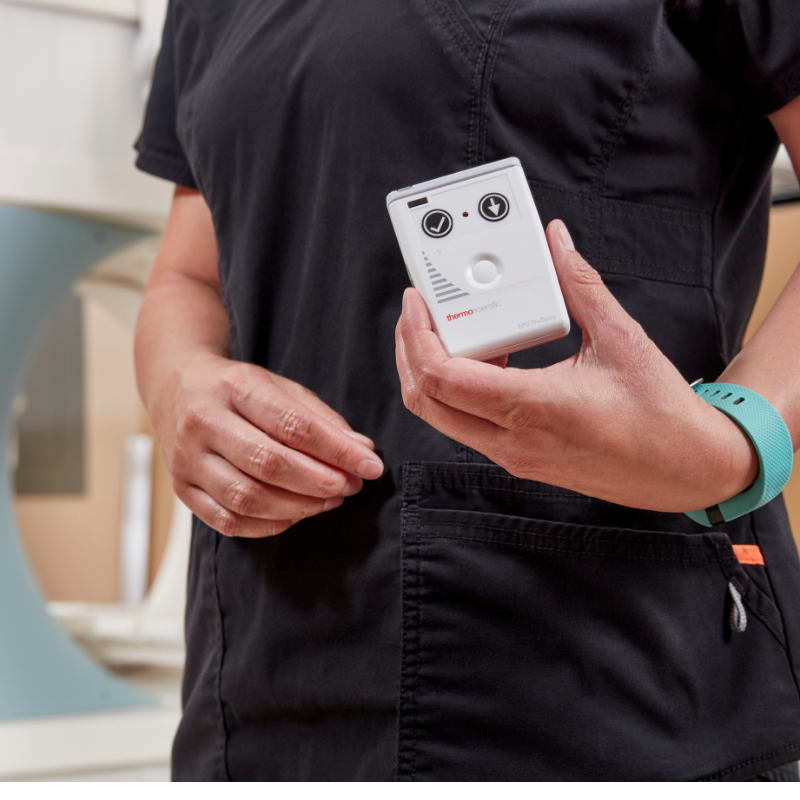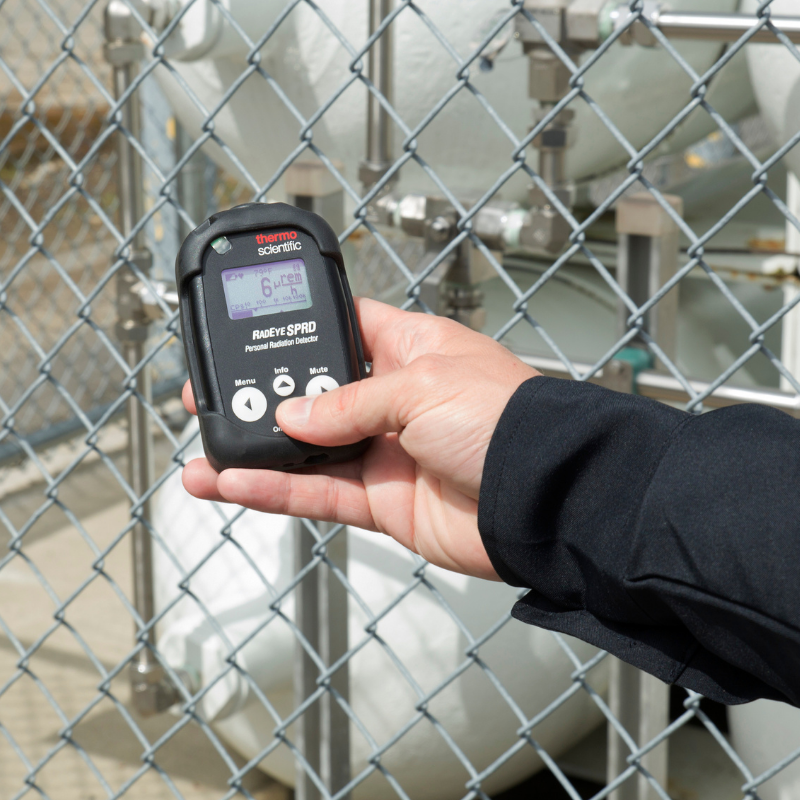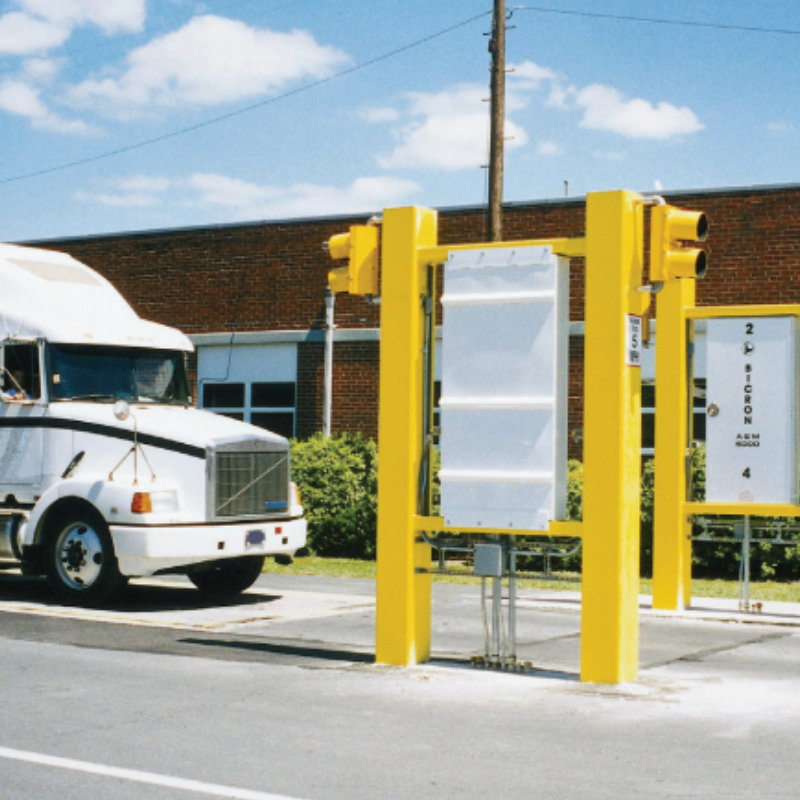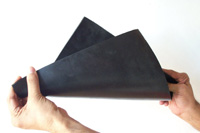Protecting Employees and Workers from Radiation Exposure
There are many industries and applications, where employees and workers are required to work in close proximity to a radioactive source.
What is Radiation?
There are two types of radiation:
- Ionising radiation.
- Non-ionising radiation.
Gamma rays, X-rays, and the higher ultraviolet part of the electromagnetic spectrum are ionising, whereas the lower ultraviolet part of the electromagnetic spectrum and all the spectrum below UV, including visible light, nearly all types of laser light, infrared, microwaves, and radio waves are considered non-ionising radiation.
Radiation in the form of radiant particles or rays, is the result of a nuclear disintegration.
Radioactive materials are atoms that have stored energy and may disintegrate in the future, releasing radiation.
However, exactly when they will disintegrate is a very interesting thing. It depends on probability and half-life.
A radioactive material with a short half-life will decay sooner, so it gives up its stored energy much faster. That makes is more radioactive and harder to handle and work with.
A radioactive material with a long half-life will decay later, so it gives up its stored energy much more slowly. That makes it less radioactive and easier to handle and work with.
What Regulations Exist to Protect Employees and Workers from Radiation Exposure?

The Australian Radiation Protection and Nuclear Safety Agency (ARPANSA) is the Australian Government's primary authority on radiation protection and nuclear safety. ARPANSA regulates Commonwealth entities using radiation with the objective of protecting people and the environment from the harmful effect of radiation. ARPANSA undertakes research, provides services, and promotes national uniformity and the implementation of international best practice across all jurisdictions.
Each state and territory has its own radiation health regulatory authority. You can look up the local authority for your area by clicking on the following link:
State and Territory Regulators
Methods of Radiation Exposure Protection Available
ADM Nuclear Technologies offers a range of solutions for protecting your workers against exposure to radiation. The solution that you require will very much depend on the type of radiation present, the application and environment it is used in, and the size of the operation.
Our radiation protection solutions include:
- Active (electronic) personal dosimetry.
- Passive (TLD) personal dosimetry.
- Handheld radiation survey meters and contamination monitors.
- Gate and portal radiation detection systems.
- Area radiation monitors.
- Radiation shielding materials.
Personal Radiation Dosimetry

Personal radiation dosimetry is one of the most commonly used forms of radiation exposure protection. For example, employees in working in radiology work on a continual basis near X-ray machines. They will often wear a badge or device that indicates the level of radiation they have been exposed to.
There are two types of dosimetry available. The passive type, usually in the form of TLD badges, or electronic personal dosimeters.
Electronic radiation dosimeters have the advantage of being able to give an immediate alert and can be networked via a Bluetooth mesh.
The passive badges are cheaper to buy, but you must wait until they have been sent to the laboratory to be “read” before you know if anyone has been exposed to an unacceptable level of radiation.
We discuss the benefits of each type in our blog post “Comparison of Active and Passive Radiation Dosimetry Systems”.
Handheld Radiation Survey Meters and Contamination Monitors

These devices are used by staff who are actively seeking radiation sources. ADM Nuclear Technologies also offers radiation monitors that can identify the type of radiation source that has been located.
The actual device you need depends on the task your staff are carrying out and the types of radiation that you wish to be able to identify.
ADM Nuclear Technologies is the authorised distributor in Australia for Thermo Scientific’s RadEye range of handheld radiation survey meters and contamination monitors. We can offer a suitable device for almost any radiation detection application.
One of the most common applications in Australia is detecting radiation sources in scrap metal. Many countries importing scrap metals require the country of source to search the shipment for radiation sources, before it leaves the port of origin.
We also stock EMF meters for monitoring the radiation from mobile phone towers, etc.
Gate and Portal Radiation Detection Systems

Gate and portal radiation detection systems fall into two categories:
- Gates for trucks to drive through.
- Portals for staff to walk through.
Gate monitors for trucks are often used by scrap metal processors preparing large scale shipments for export. They enable a truck load of scrap metal to be scanned in moments, instead of having a worker going over the whole shipment with a handheld device.
You can read more about ADM’s capability in this area in our blog post “Installation and Servicing of Radiation Portal Monitors for Scrap Metal”.
Area Radiation Monitors
Area radiation monitors enable the continual monitoring of a facility for unusually high levels of radiation.
ADM Nuclear Technologies offers small scale systems right up to fully integrated systems, with remote monitoring capability.
Radiation Shielding Materials

ADM Nuclear Technologies also supplies Boron sheets, which provide a physical barrier against radiation exposure.
Seeking Further Advice on Protection against Radiation Exposure
Please do not hesitate to contact ADM Nuclear Technologies for advice on radiation protection systems. A member of our expert team will gladly offer advice and answer any questions you may have regarding selecting a suitable method of protecting your staff against exposure to radiation.
Our factory trained technical team are familiar with all the technologies that have been mentioned in this blog post.
IS THIS INFORMATION USEFUL?
If so, why not share it with your peers and colleagues. Simply click on the blue LinkedIn share icon below.

